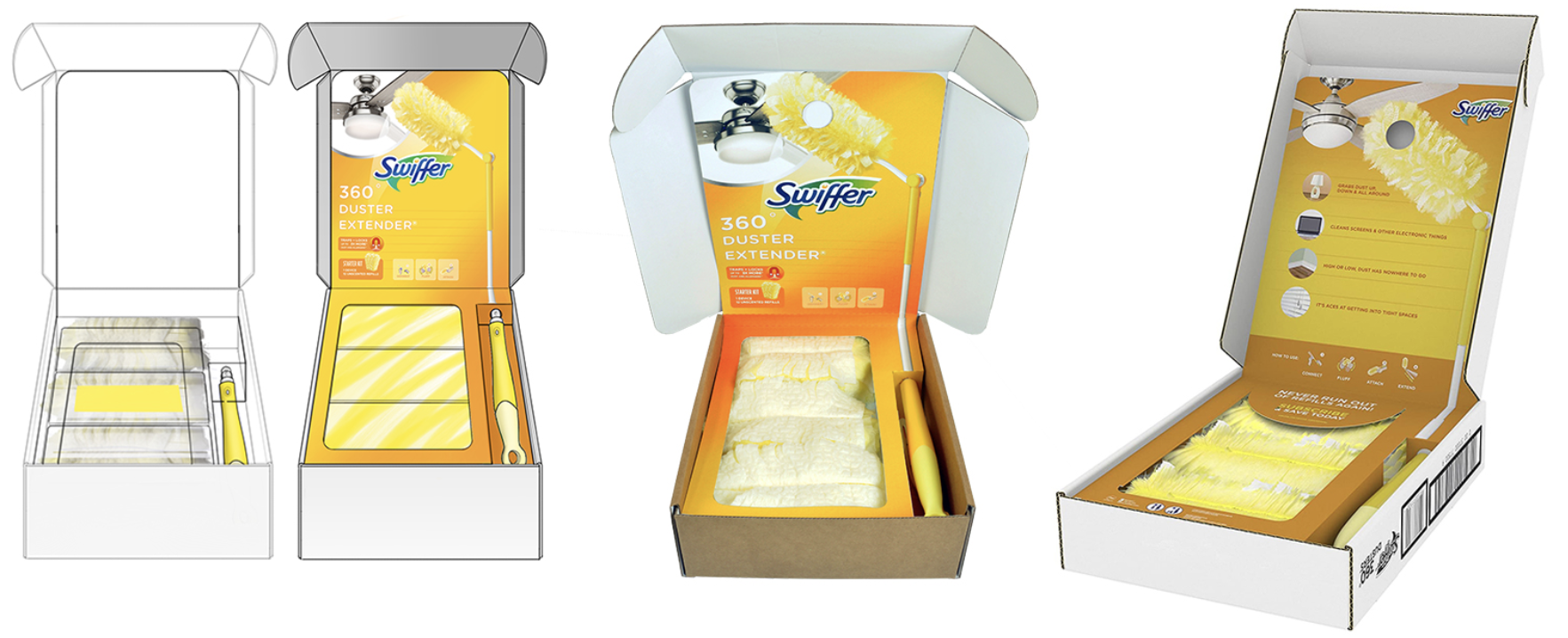Study after study has shown that PR is much more cost-effective than advertising. Coverage in one segment on a major network show or in a top-tier publication is equivalent in value to more than a year of a typical PR retainer and out of reach for most businesses. Just ask to see a rate card! That two-minute segment or that half page coverage as an ad placement would come at a staggering price tag.
Now here’s the one-two combo – editorial coverage is seen as more credible than advertising. It is a third-party opinion and not the company touting its products or services, so consumers tend to both pay attention to and trust the information delivered through editorial/news more than through advertising.
Before we go for the knockout, we will admit that the one advantage of paid advertising is total control. You can dictate where and when it is placed and what the messaging will be. That is a blocked punch for advertising, but the downside is you pay for the timing, and when it runs, it is done. A lot of PR editorial remains archived online and can contribute to your marketing efforts years down the line. For example, a product review can remain online in perpetuity. Anytime someone is researching your company or product; this review may pop up. A review from a trusted source, even if a few months or even a few years old can convince them to buy. In fact, just seeing the Google search results with multiple reviews and articles may give the consumer the confidence they need to choose your product over another.
We get it. The end goal is to sell a product, so you want to know which one has the best uppercut. That winner is more difficult to call. Since PR coverage typically does not include a call to action, it is often difficult to track sales back to a specific PR placement. While we often get great feedback from clients on how PR moved their sales needle, we encourage you to judge a PR campaign on two elements: media awareness and the number of placements received. The media cannot cover you if they are not knowledgeable about your brand. Even if that placement does not take place immediately, having your brand on their radar is important. Similarly, a consumer needs to first know you exist even to consider buying or engaging what you are selling. The placement or purchase may not happen immediately, but raising awareness is fundamental to your marketing efforts.
Sales from advertising are easier to track because there typically is a call to action (sometimes a direct link or other traceable code) and the visibility of the ad is in a specific window of time. For this reason, you can make a stronger tie between an ad placement and a particular sale. The PR connection is much harder to identify and measure. However, the superior value and long-term ROI of PR vs. advertising has been proven time and time again. We at Orca have seen it work so well for so many for so long – so we have no problem weighing in on the issue. We believe PR is pound for pound the better investment for your marketing dollars.
Okay, put down the gloves. Let’s not fight. To build awareness and drive sales, you should ideally budget for a multi-pronged approach. While PR is a critical component of a strong sales and marketing effort – advertising, digital marketing, distribution, price and demand all factor into the equation as well. To become the undisputed champion, you will need to find the right mix that best fits your unique situation and sales process, driven by the nature of your product and target consumer.
This guest blog post was written by Lisa Leigh Kelly from Orca Communications, a premium PR agency for up and coming brands. Lisa can be reached by email at Lisa@OrcaPR.com or by phone at 512-573-0078.
How SIOC Packaging Is Transforming E-Commerce and Driving Sustainability
On May 7, 2025, it was World Packaging Design Day, an important topic to highlight...



